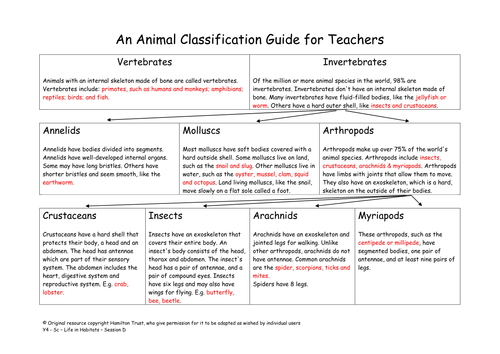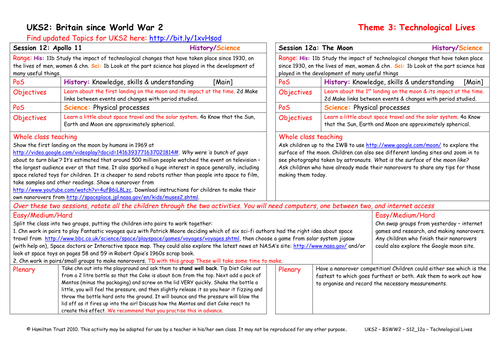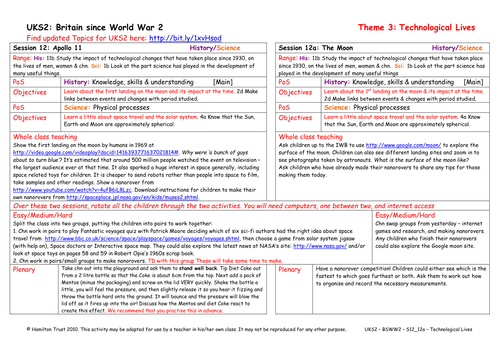
397Uploads
10045k+Views
11646k+Downloads
Elementary science

Hearing sounds
Briefly examine the structure of the ear and how vibrations are heard as sounds. Compare light and sound waves further. Discuss echoes and how bats or dolphins use echolocation. Talk about deafness and introduce children to British Sign Language.
Suitable for Y5 pupils.

Vibrations
Explain that all sounds are made by objects vibrating and that sound can travel through gases, liquids and solids. Children carry out some short investigations about vibrations and make a string telephone with a partner. Compare light and sound waves.
Suitable for Y5 pupils.

Speed of light
How fast is the speed of light? Faster than the speed of sound but by how much? Time to measure just how fast it is in the classroom: cheese slices and a microwave can provide the answer! Suitable for Y6 pupils.

What is it?
Children find out how plants and animals are classified into groups. They then try to identify the minibeasts found during the field trip and create a key using a branching database to enable other children to identify them.
Suitable for Year 4 pupils.

Leaf key
Leaves are a useful way of identifying plants, but they come in so many shapes and sizes! Children take a closer look at the structure of some collected leaves before creating a dichotomous key to help identify them. Suitable for Y6 pupils.

Green micro-organisms
Micro-organisms can be beneficial and in this session children explore their role in compost production.
Find out why it’s important to compost and what can be composted. Make mini compost heaps, look at food chains and create a compost heap story for younger children.

Explore friction using toy cars
Work with a group to investigate friction and to see what happens to the distance a toy car travels when you change the surface at the bottom of a ramp. With support understand what makes a test fair and how to measure accurately.

Looking after Baby
What’s it like to look after a baby? Children have the opportunity to see a real baby and ask the mother questions about life with a baby! They then use drama to explore family life and the needs of a baby.

Pitch and Loudness
Demonstrate how to make high, low, soft and loud sounds with drums, string instruments and wind instruments. Children investigate changes of pitch and loudness of virtual instruments and create their own instruments to investigate in session F.
Suitable for Y5 pupils.

Endangered orang-utans (2)
Orang-utans are humans closest relative! Children find out more about the great ape and other great apes like chimps and gorillas, before using sketching and shading techniques to draw Orang-utans for display.

Effect of Global Warming
In this session children take a closer look at the causes of global warming and look at the long term effects. How can they do their part to reduce the greenhouse effect? They put it to the test in the Great Greenhouse Effect Quiz!

Changes in Cameras
Children look at cameras from different decades and then make a pinhole camera, experiment to see which size pinhole works best.

Apollo 11
Children watch the first manned landing on the moon, then build a nanorover or play online games about space travel.

The Moon
Children explore the surface of the moon using a website, carry out the activity they didn’t do in session 12, then have a nanorover race.

Elastic band investigation
S – t – r – e – t – c – h is the key word in this session as elastic bands are safely tested in the classroom. What happens as the mass suspended from the elastic band increases? Data on graphs will make the outcome clear.
Suitable for Year 6 pupils.

Freezing and boiling
Children practise using thermometers to measure temperature accurately. They find the freezing and boiling points of water and discuss what happens if you add salt to the liquid. Use coloured ice cubes to investigate properties of solids and liquids. Suitable for Y5 pupils.

Photosynthesis
Children check in on the patients from Session A and find out how they create their own food in the form of sugars using water, light and carbon dioxide. They consider the role of each plant part in photosynthesis.
Suitable for Y6 pupils.

Musical instruments
Listen to a variety of musical instruments and investigate how they make sounds in more detail. Explain how to change the pitch and loudness of instruments made in session E and then try out each other’s instruments. Discuss what children have learnt during Strand.
Suitable for Y5 pupils.

Magnetic Materials
Following the discussion about types of material in session 6, chn move on to explore magnetism. They look at which solid materials are magnetic and experiment to find out. They record their results in a systematic way.
Suitable for years 3 and 4.

Explore sight
Focus on the sense of sight. Play ‘Kim’s Game’ and identify some animal eyes. Discuss sensitivity of eyes and safety. Collect and group information about eye colour and create a pictogram of the results. Draw pictures of animals that can see in the dark.
Suitable for Year 1 pupils.




















